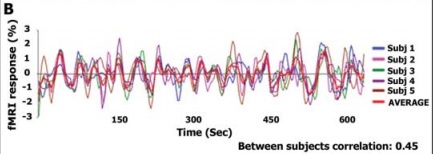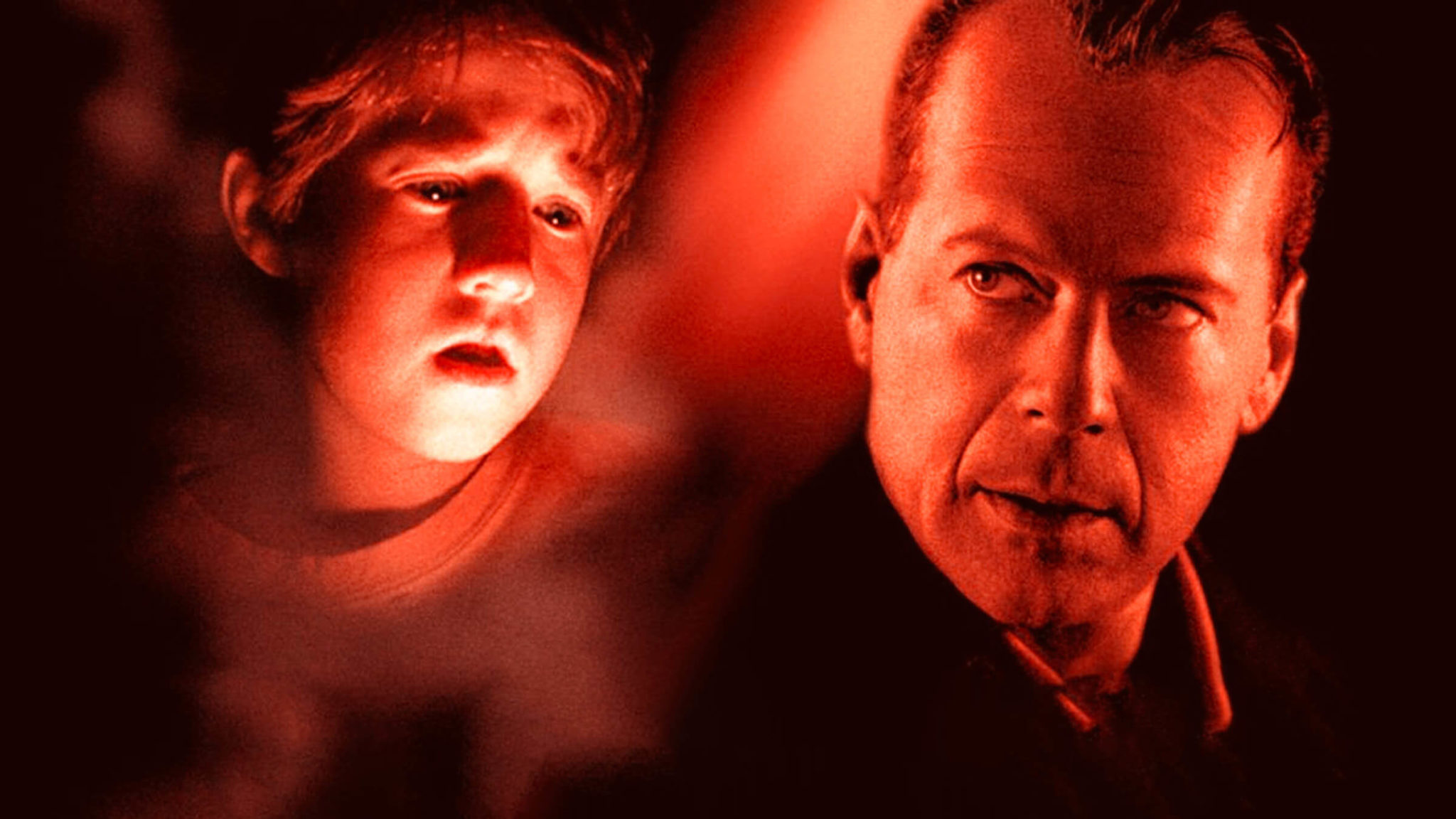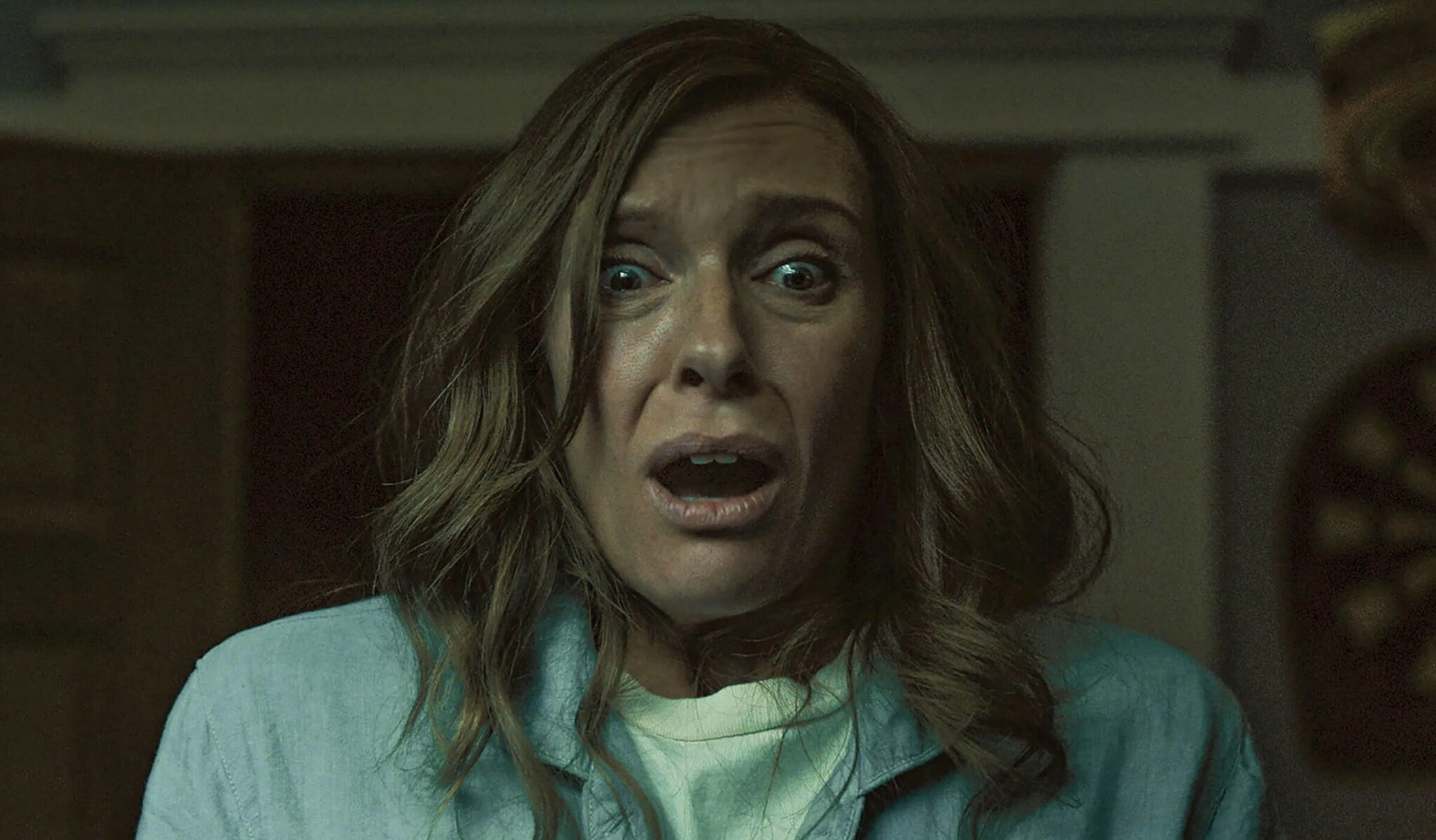
Did you know that cinema is powerful enough to make each audience member’s brain synapses fire in the same way?
Back in 2008, New York University published a study that looked at cinema’s effect on the brain. They used functional magnetic resonance imaging (fMRI)--a technique that produces a 3D image of brain activity--together with inter-subject correlation (ISC)--which compares test subjects’ brain activity with each other.
The researchers found that different people have almost the same brain activity when watching the same film, especially while watching a film or TV episode that exhibits a high level of directorial control. The highest correlation between subjects’ brains (65%) occurred while watching an episode of Alfred Hitchcock Presents that was directed by Hitchcock himself. The Good, the Bad, and the Ugly also showed a high correlation (45%). On the lower end of the spectrum was Curb Your Enthusiasm (17%) and random footage of a park (5%).
These findings have broad implications for the film industry, and possibly for society itself. The researchers point out that propaganda films exhibiting a highly controlled vision could be very effective in causing the entire audience to think exactly what the filmmakers want. Of course this has already been seen with Triumph of the Will, the groundbreaking Nazi propaganda film that captivated German audiences in the 1930s.
Brain imaging techniques might also be used for market research. “We propose,” say the researchers, “that ISC may be of use to both film theorists and the film industry by providing a quantitative, neuroscientific assessment of viewers’ engagement with a film.”
As brain imaging becomes more and more advanced, we might learn more about how each individual frame of film affects people’s brains. Now, five years after this study, we haven’t yet reached the point where we can use brain images instead of focus group questionnaires, but that future may be closer than we realize.
What do you think? Do you welcome brain imaging as a way of quantifying art, or do you resist it? Let us know in the comments or on Twitter.
Tags
Get Our Screenwriting Newsletter!
Get weekly writing inspiration delivered to your inbox - including industry news, popular articles, and more!



























